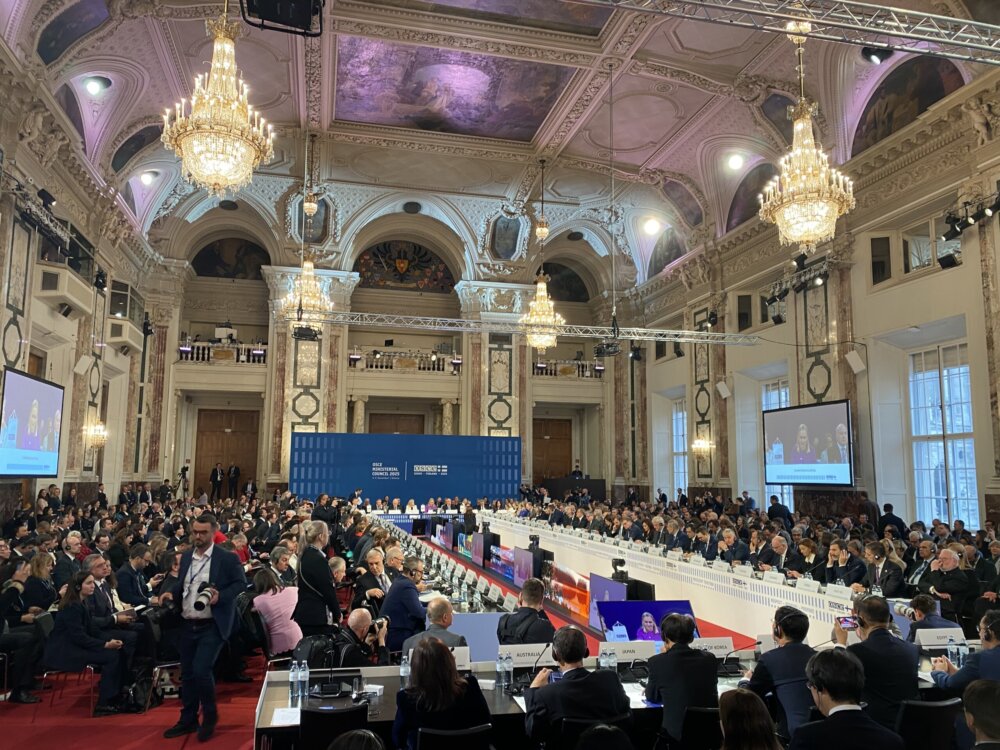
The Security and Human Rights Special Issue on OSCE Mediation and Conflict Management: the Introduction and Conclusion
These two articles are the “Introduction” and “Conclusion”, written by guest editor-in-chief Anna Hess Sargsyan of the Security and Human Rights special issue “OSCE’s mediation and conflict management: Unravelling Complexities in OSCE Mediation”. Firstly, Mrs Hess Sargsyan explains in the introduction the reasons behind the special issue. In the conclusion, she sheds light on the insights that the various publications have lead to.
In the “Introduction” Mrs Sargsyan explains how the special edition on Mediation is an attempt to diffuse oversimplified narratives by unraveling the complexities involved in the mediation work of the OSCE, an organisation with a cumbersome institutional set-up under a heavy geopolitical cloud. By unpacking these overgeneralised narratives, the publication takes a critical look at key factors that shape the mediation work of the OSCE: its institutional set-up as far as the conflict resolution mechanisms and relevant procedures are concerned; the geopolitical interests and tensions of participating States engaged in mediation processes; as well as specific process design related technicalities.
Read the “Introduction” of Anna Hess Sargsyan here
In the “Conclusion” Mrs Sargsyan observes how the multiple experiences captured in this edition of the SHR Journal have revealed a few common findings that cut across the diverse cases and can be summarised in four main categories: (geo)political; institutional; process design related; and definitional. The articles in the edition have aptly shown that even the most flexible process design cannot guarantee a political settlement if there are geopolitical drivers behind the processes and crucially, if the parties fail to demonstrate sufficient political will to put down arms and commit to a peaceful resolution to their conflicts.
Read the “Conclusion” of Anna Hess Sargsyan here



Comments
* Your email address will not be published